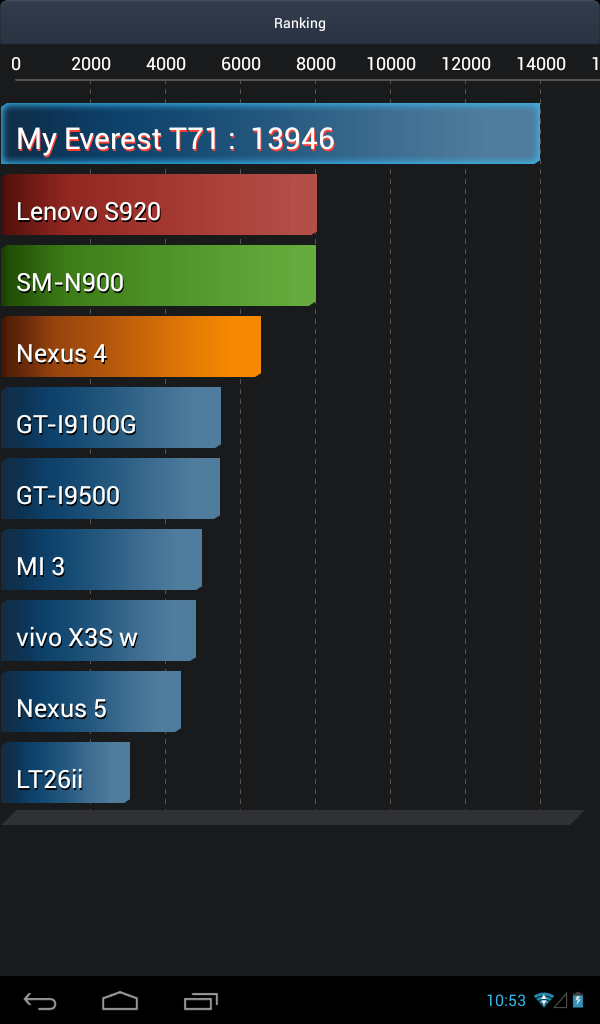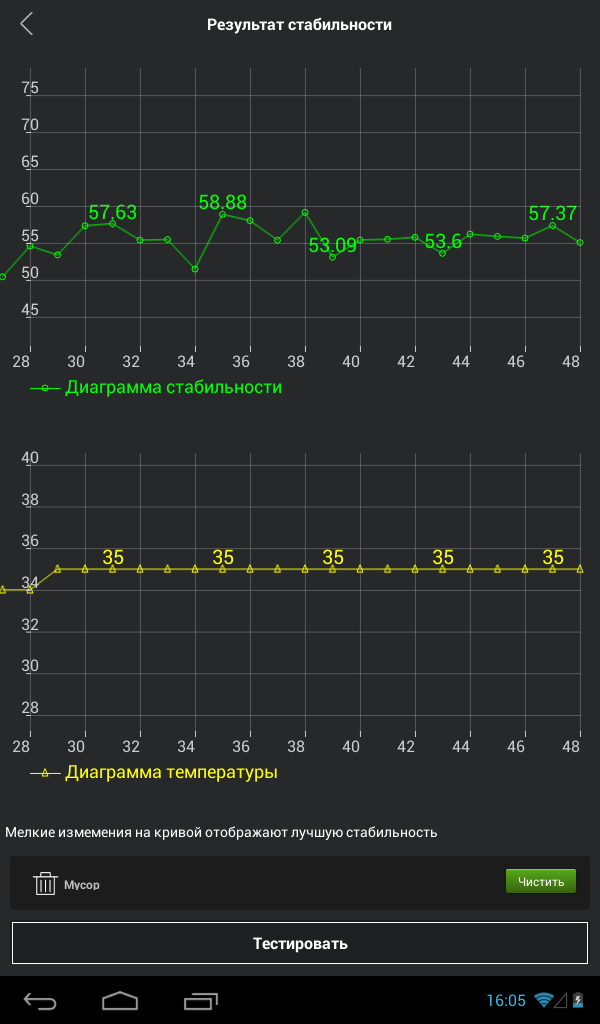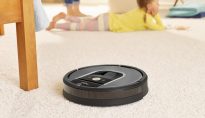Everest T71 rugged tablet test: Android in armor
27.10.15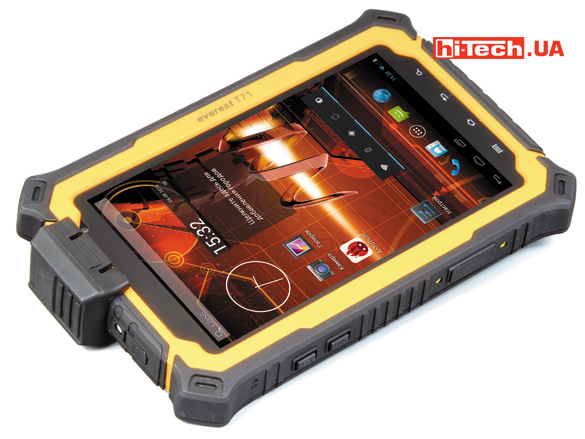
The field of application for Android tablets is very wide. This is due, first of all, to the popularity of the operating system from Google and, as a result, ease of development. It will be easier for the average user to learn to work with this. In addition, mass production has a positive effect on the number of programs being developed. Software solutions for other mobile operating systems are more likely to be adapted for Android than for other operating systems. The final advantage is the wide selection of components for Android devices.
But there are downsides in the form of system vulnerability to malware. Therefore, when using an Android tablet, you need to focus on the rules for working with it. If an employee has access to sensitive data, he should under no circumstances use such a device for personal purposes. Simply downloading an unverified program from the Play Market can lead to the loss of confidential data.

The model that we will discuss below is a representative of Android tablets in a case with good protection. Everest T71 is IP67 and MIL-STD-810G certified. Thus, it is not only prepared for exposure to dust and water, but will also remain functional in extreme conditions. It is possible for the tablet to work in the temperature range from -20 to + 60 °C and to remain operational when turned off at -40 and + 80 °C.
In terms of design, the screen is often the weakest point on tablets. Here the 7-inch diagonal display is covered with tempered glass and anti-glare film. In addition, the surface hardness is 8H on the Mohs scale. This value is found in durable protective screens for camera displays. The screen resolution is not too high (1024×600) and, coupled with a protective film that impairs color reproduction, is more suitable for working with text than with images. However, its viewing angles are sufficient due to the use of IPS production technology. The screen is protected all around by protruding frames of the case. So it will survive a fall on the front part. Below the screen there is a set of backlit hardware buttons that partially duplicate those already on the screen. An additional button is to launch the search engine.
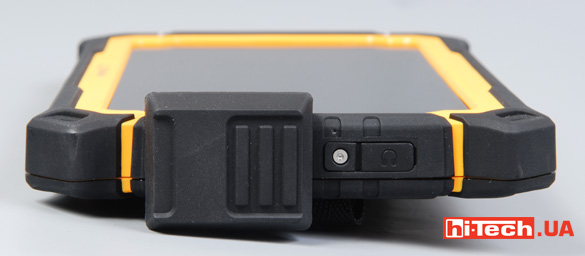
The tablet body is made of hard plastic and rubber. Corners and textured surfaces allow you to hold it firmly in your hands. For safety, there is a handle attached to the back side. The tablet comes in a suitcase with extra protection, so it can be transported in it when traveling long distances. In general, the case has many other relief elements and indentations. They will almost certainly get clogged with dirt, which will definitely not contribute to hand grip.
All ports are closed with tight plugs. They are additionally secured with screws, but are already difficult to open. On the one hand, they significantly increase the tightness. On the other hand, if you need to use one of the connectors, you won’t be able to do it quickly.
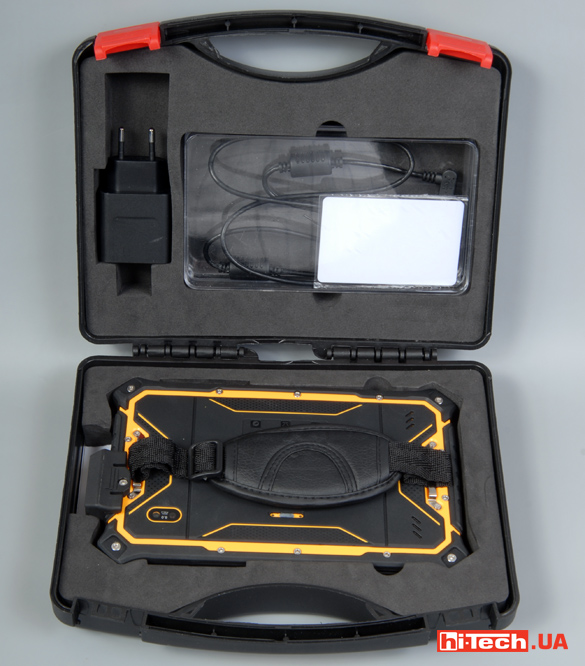
By the way, there are enough connectors and slots in this tablet. There are the usual ones for Android tablets: a headphone jack, a Micro USB port, a standard SIM card slot and a Micro SD memory card. But the tablet can be charged without opening the Micro USB port. This is done using external contacts, which are located on the back of the case. Also, without manipulating the menu, you can make an emergency call and launch the camera using the buttons on the side.
There is also a connector for a pigtail antenna on the side. In this sample, it is a GPS antenna, which is placed outside and is housed in a separate removable block. It is intended for more precise location setting.
The tablet uses a quad-core MediaTek MT6589 processor with an operating frequency of 1.5 GHz. The solution is not the newest, but nevertheless has proven itself in budget devices. The internal memory can be expanded with the mentioned Micro SD cards. The tablet also has the usual main and front cameras.
The tablet is ready to be used as a mobile device. The communication module supports 2G and 3G bands. There are versions with 4G support. There are also Wi-Fi 802.11 b/g/n and Bluetooth 4.0 modules. There is GPS as a geolocation service, A-GPS and GLONASS are supported. As mentioned above, there is an additional GPS antenna, which must be purchased separately.
Everest T71 runs on Android OS version 4.2.2. It does not have any specific shells. Essentially, this is the factory version of the operating system. A utility for working with high-precision geolocation is preinstalled. Otherwise, the user will have to independently equip the device with all the necessary software tools.
Everest T71 turned out to be a well-balanced secure solution. On the one hand, it has good case protection with good ergonomics, on the other hand, it has technical characteristics that are enough for basic tasks in production and mobile operations.
Everest T71
- OS: Android 4.2.2
- Processor: 4-core MediaTek MT6589, 1.5 GHz
- RAM + internal memory: 1+16 GB
- Graphics accelerator: PowerVR SGX 544 MP
- Screen: IPS, 1024×600, 5-point multi-touch
- Communications: Bluetooth 4.0, Wi-Fi (802.11 b/g/n), 3G(4G)
- Memory card support: yes, max. 64 GB
- Cameras: main 8 and front 2 MP
- Battery: 9650 mAh
- Dimensions: 200x136x22 mm
- Weight: 660 g
Supplier: Everest, www.everest.ua
Price: 13399 UAH.
Тест опубликован в журнале Телеком. Спецвыпуск для войск связи
hi-tech.ua project manager
Don't miss interesting news
Subscribe to our channels and read announcements of high-tech news, tes
Oppo A6 Pro smartphone review: ambitious
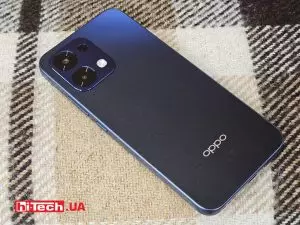
Creating new mid-range smartphones is no easy task. Manufacturers have to balance performance, camera capabilities, displays, and the overall cost impact of each component. How the new Oppo A6 Pro balances these factors is discussed in our review.
Editor’s Choice 2025. Best devices of the year by hi-tech.ua
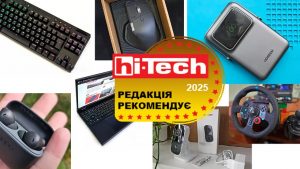
The best gaming laptops, mice for work, gaming keyboards, smartphones, and wireless headphones of 2025. Among them, we will highlight the most interesting ones and those that we can recommend buying.
iRobot has declared bankruptcy business
The American company iRobot, which once made robotic vacuum cleaners a mass product thanks to the Roomba line, has officially declared bankruptcy.
Digital Foundry’s Best Games of 2025 games rating
Digital Foundry has published its ranking of the best games of 2025 based on graphics, and The Game Awards leader Clair Obscur: Expedition 33 didn’t make it into the top three.

